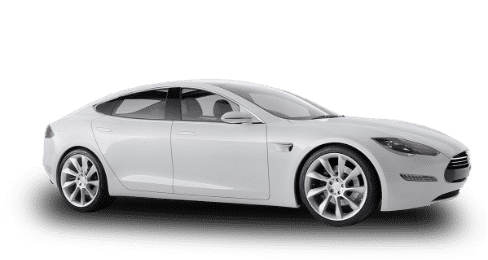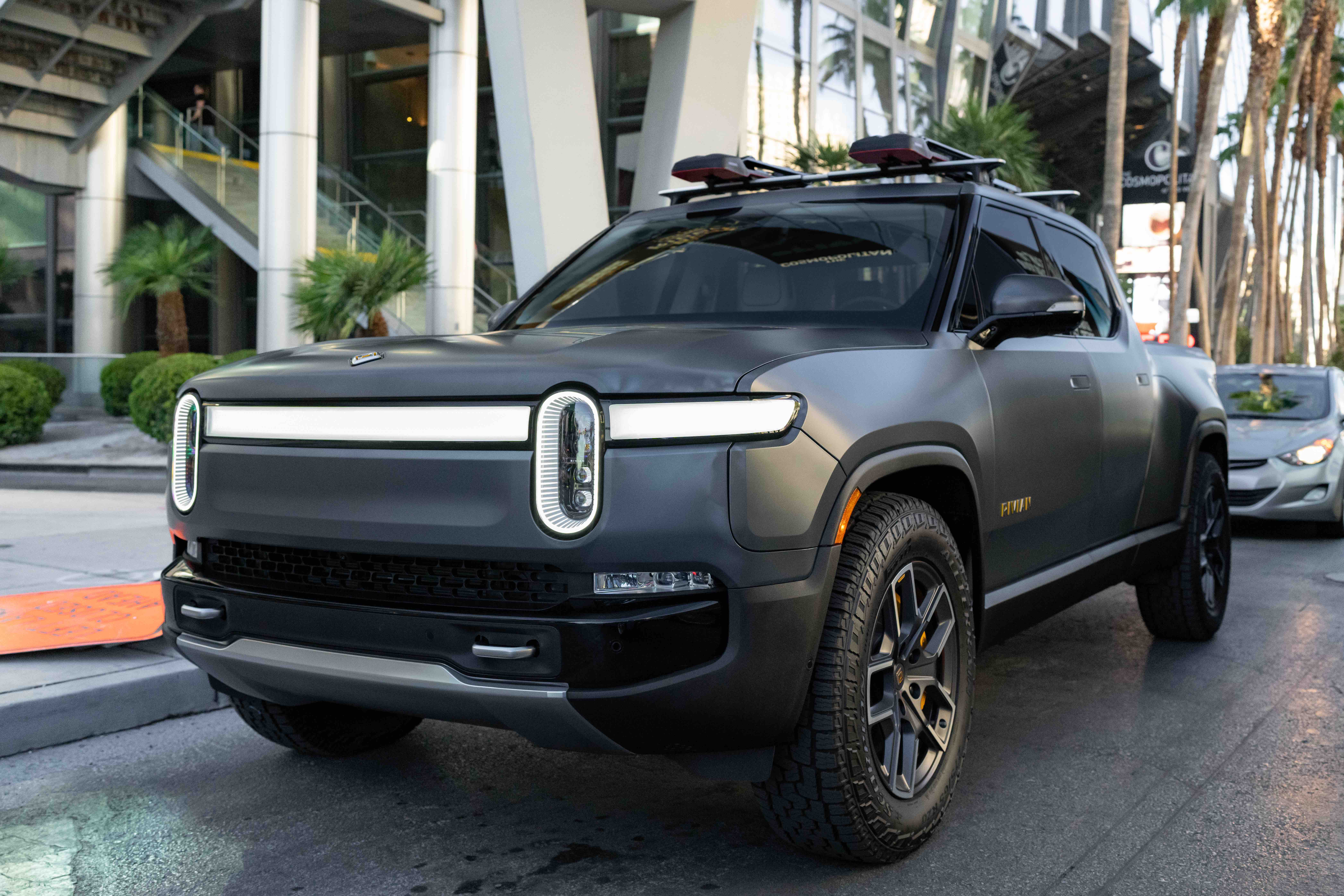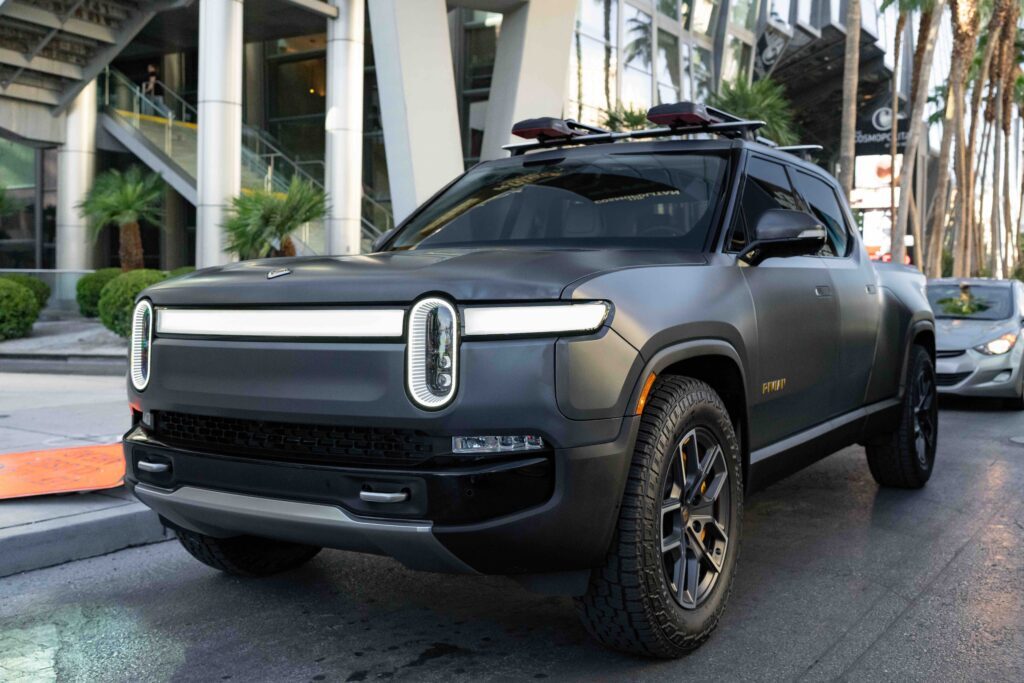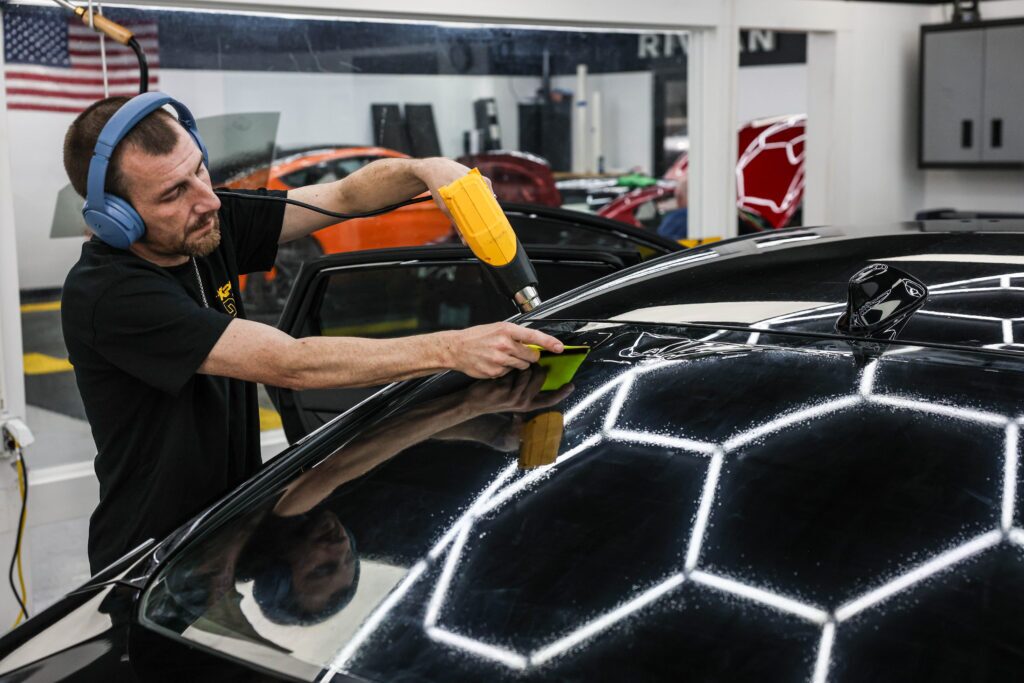Windshield protection film has been around for years. A lot of people in this industry remember the early days with products like ClearPlex and ClearShield. Back then, the concept was exciting, but the reality was tough—literally. The film was thick, stiff, and a nightmare to install. Most shops hated working with it because it took too much time and often didn’t look the way it should. Customers liked the idea of protecting their glass, but the results weren’t always worth the price.
Fast forward to today, and things have changed. Newer films, including what we’re seeing from XPEL and ExoShield, are clearer, smoother, and hydrophobic—meaning they actually repel water, dirt, and bugs. That alone makes driving safer and day-to-day maintenance easier. From a shop perspective, installation has become less of a headache.
But even with all this progress, we’re still not where we need to be.
The Limits of Current Films
Here’s my honest take: I’ve run WPF on my own vehicles. It does help. It keeps the windshield cleaner, it sheds water like a good Rain-X, and it adds some impact resistance. But it’s not bulletproof. I had it on my truck in Arizona and still caught a rock that cracked my glass. That’s frustrating—because the whole point of windshield protection is to avoid exactly that.
So the question becomes: what should WPF really be? In my mind, there are two clear directions:
– Thicker and tougher – something that truly absorbs the kind of real-world impacts we deal with daily. If we’re selling “protection,” then the film needs to handle highway-speed rock chips with confidence.
– Thinner and more hydrophobic – a product that’s more about clarity, cleanliness, and convenience. Imagine a windshield that always stays clearer, repels bugs and dirt, and makes driving in the rain safer.
Another concept I’d love to see: a multi-layer tear-off system—like NASCAR uses on race cars. Imagine a windshield film with three ultra-thin layers. Every six months you peel one off, and your glass looks brand new again. That’s easy for shops to explain and easy for customers to understand.
Clearing Up Misconceptions
There are still a lot of myths around WPF, and it’s important that shops educate customers the right way:
– It’s not bulletproof. No film will make your windshield indestructible. What it does is reduce the chance of chips and cracks under normal highway conditions.
– It’s not just for exotics. With the cost of windshields climbing—thanks to ADAS sensors and recalibration—even average daily drivers are seeing $800 to $1,500 replacement bills. WPF is becoming just as practical for a Corolla owner as it is for a Lamborghini driver.
– It doesn’t all fail in 3 months. Yes, some cheap films break down fast, but quality PET-based films with nano-ceramic coatings can last 18–24 months or longer. Like anything else in our industry, not all products are created equal.
Where Do We Go From Here?
Windshield protection film has improved a lot since its early days, but it still hasn’t hit its full potential. Customers want something that’s affordable, easy to understand, and delivers on the promise of protecting their glass. Shops want something that installs cleanly and consistently without tying up a bay for half a day.
For this category to really break through, manufacturers need to decide which lane they want to dominate: maximum impact protection or everyday clarity and convenience. Both have value. Both could be game changers.
Personally? If I’m buying today, I’d lean toward the thin, hydrophobic version. A windshield that stays clean, clear, and safer in the rain is worth it to me—even if it doesn’t stop every rock chip. That’s the kind of real-world value that could get more customers on board.
Windshield protection film has come a long way from where it started. With the right innovations—thicker, tougher films or smarter, multi-layer systems—it could become as common as tint or PPF. The demand is there. The opportunity is there. Now it’s on the manufacturers to take it to the next level.
—Mike Burke



 Visit Us Today
Visit Us Today




